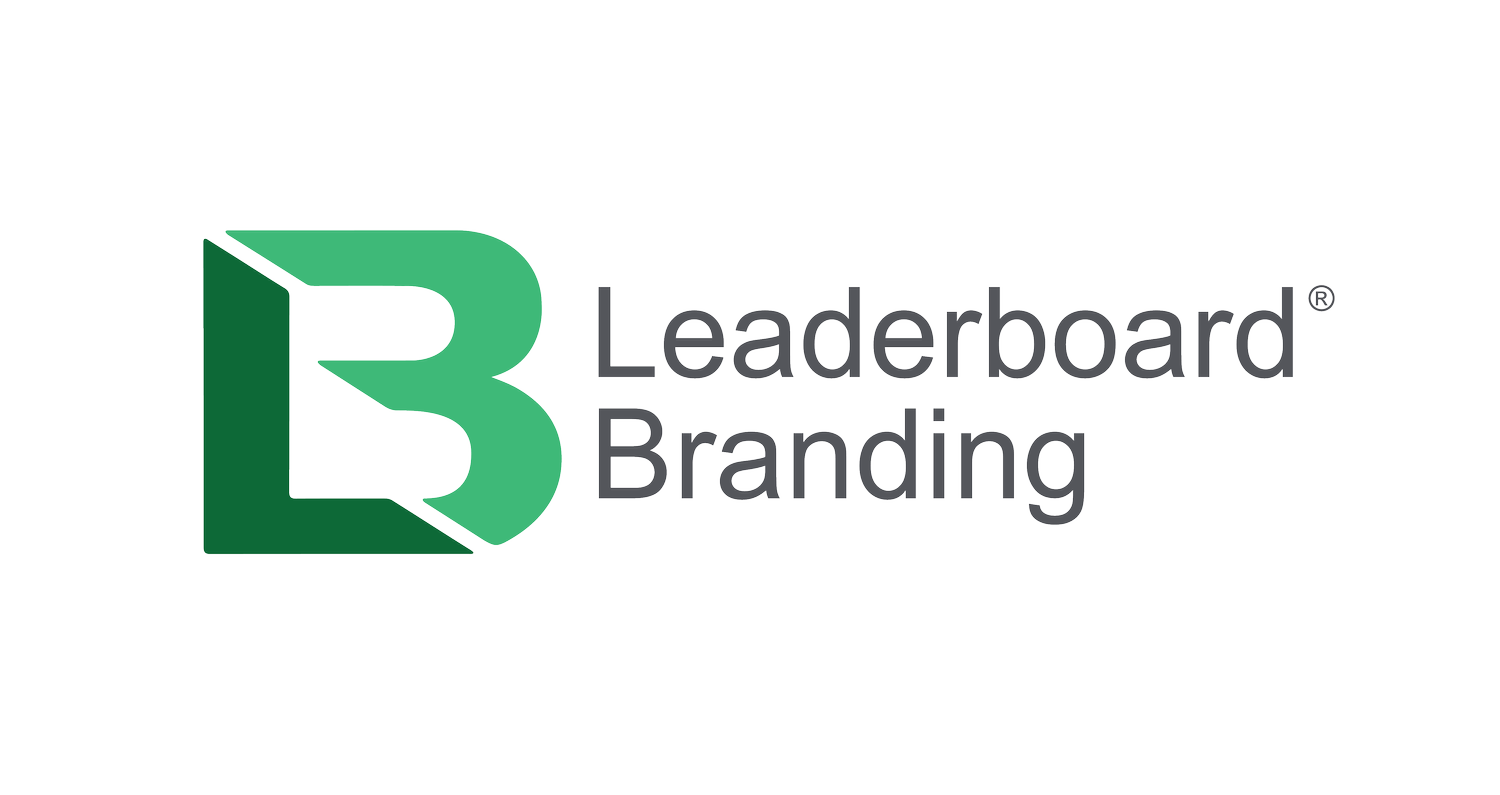INN (International Nonproprietary Name) Origins & Synonyms
With the evolution of how nonproprietary names were created, it is no mystery to why a nonproprietary name is referred to by so many names: INN, USAN, nonproprietary, generic, proper, established, and scientific. Nonproprietary and generic are the broadest definitions to capture established names approved by either governing body.
- Alexis Caronis, PharmD, CPHQ, Associate Director of Drug Safety
You may have heard the saying, “All squares are rectangles, but not all rectangles are squares,” but what does that mean? While the two shapes both have four sides and four corners, they each have their nuanced attributes.
In the pharmaceutical space, like the example above, labels such as “nonproprietary name” or “generic name” are often used interchangeably globally, and while these two terms are generally being used to refer to the same thing (in our case, a unique standard name for an active ingredient), they each have their nuanced meanings, reasons why they were created, and specific use cases.
To clarify the origins of these synonyms and clear up why and when we use each, we asked our Associate Director of Drug Safety, Alexis Caronis, PharmD, CPHQ to break down the facts for us. But first, let’s identify all the ways “nonproprietary name” is sometimes referenced:
INN (International Nonproprietary Name)
USAN (United States Adopted Name)
Proper Name
Established Name
Scientific Name
Generic Name
Origins & Uses
INN (International Nonproprietary Name)
The INN system was initiated in 1950 by a World Health Assembly resolution and began operating in 1953 when the first list of International Nonproprietary Names was published.[1] INNs themselves must be distinct in sound and spelling, so as not to be confused with other names being commonly used. The INN system aims to provide health professionals with a unique and universally available designated name that identifies pharmaceutical substances.
USAN (United States Adopted Name)
In 1961, the American Medical Association-United States Pharmacopeia Nomenclature Committee was formed and evolved in 1964 into what we now refer to as USAN, with its purpose being to establish an orderly system for selecting new nonproprietary names for new drug substances.[2] Before having a USAN, names were shortened from their scientific, chemical name, which became too long and confusing to use. This new method results in a less cumbersome name that still denotes scientific components of the original compound in the stem.
Proper Name & Established Name
Simply put, how nonproprietary names can be referred to in FDA guidance and the Food and Drug Cosmetic Act.
Generic Name
Because generic drugs are sold by the nonproprietary name, the term “generic” is often used to describe the nonproprietary name. A generic drug is created to be the same as an already marketed brand name drug in dosage form, safety, strength, route of administration, and intended use.
Scientific Name
Formally, the scientific name is based on the chemical structure of a molecule. Scientific names, or abbreviated versions of scientific names, were often used before the creation of INNs and USANs. Informally, this is the way a generic name may be referred to but is not the most accurate way to describe a nonproprietary name.
Real-life examples:
Check out the progression from chemical name to brand name for the drug “Thalomid,” an oral immunomodulator used to treat multiple myeloma and other types of cancer:
Chemical name: α-N-Phthalimido
INN/USAN name: thalidomide
Brand name: Thalomid
Another example with an everyday medicine, Aspirin:
Chemical name (member of the class of benzoic acids that is salicylic acid): 2-ACETYLOXYBENZOIC ACID
INN/USAN name: Acetylsalicylic acid
Brand name: Aspirin (a blend of the prefix a(cetyl) + spir Spiraea, the meadowsweet plant genus from which the acetylsalicylic acid was originally derived at Bayer + -in, the common chemical suffix[3])
To learn more about our drug safety services, visit our drug safety page. To speak with one of our naming or drug safety experts, contact us.
https://www.who.int/teams/health-product-and-policy-standards/inn/guidance-on-inn
https://www.usp.org/sites/default/files/fda-exhibit/topics/nomenclature.html
https://en.wikipedia.org/wiki/Aspirin


